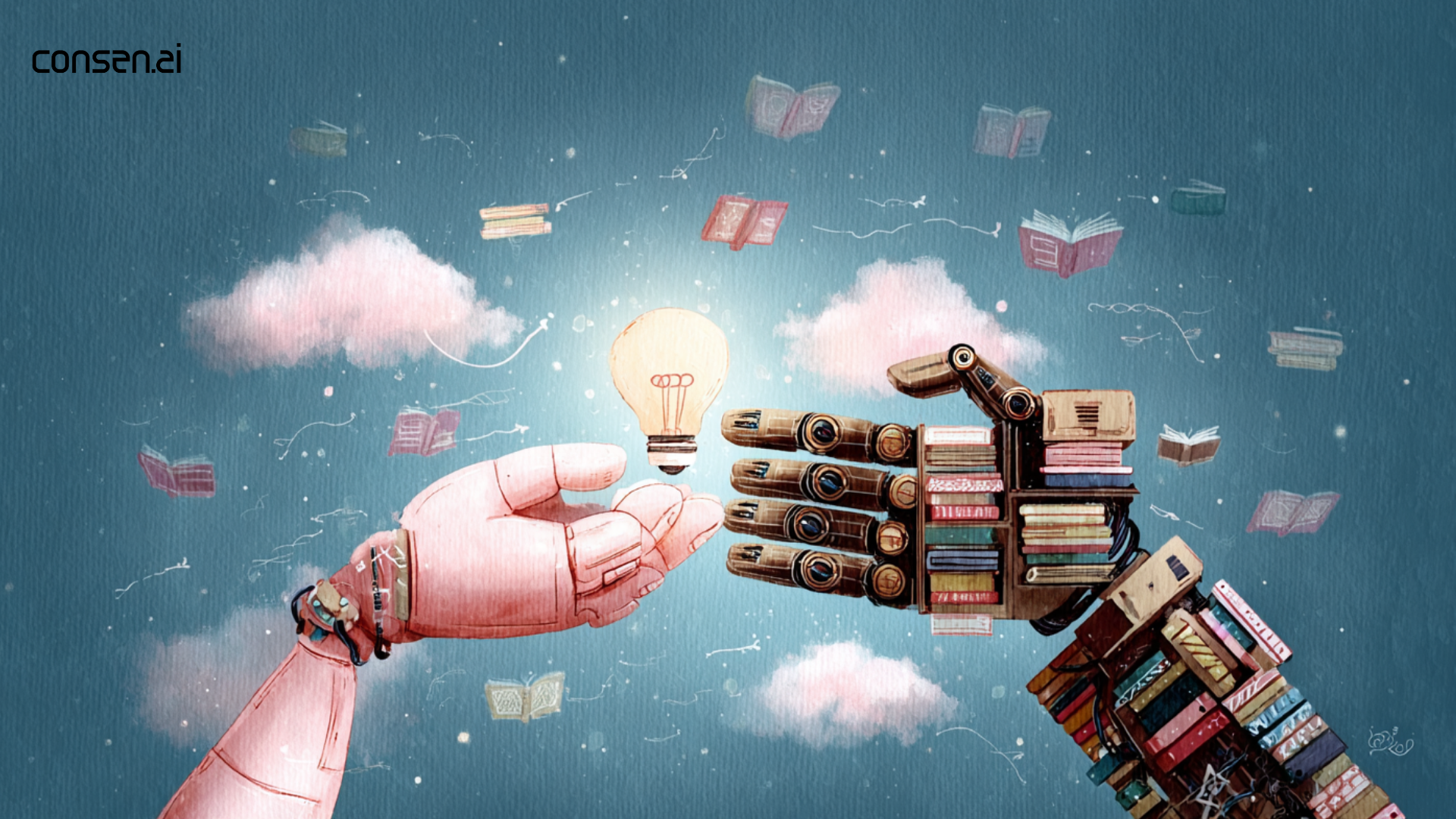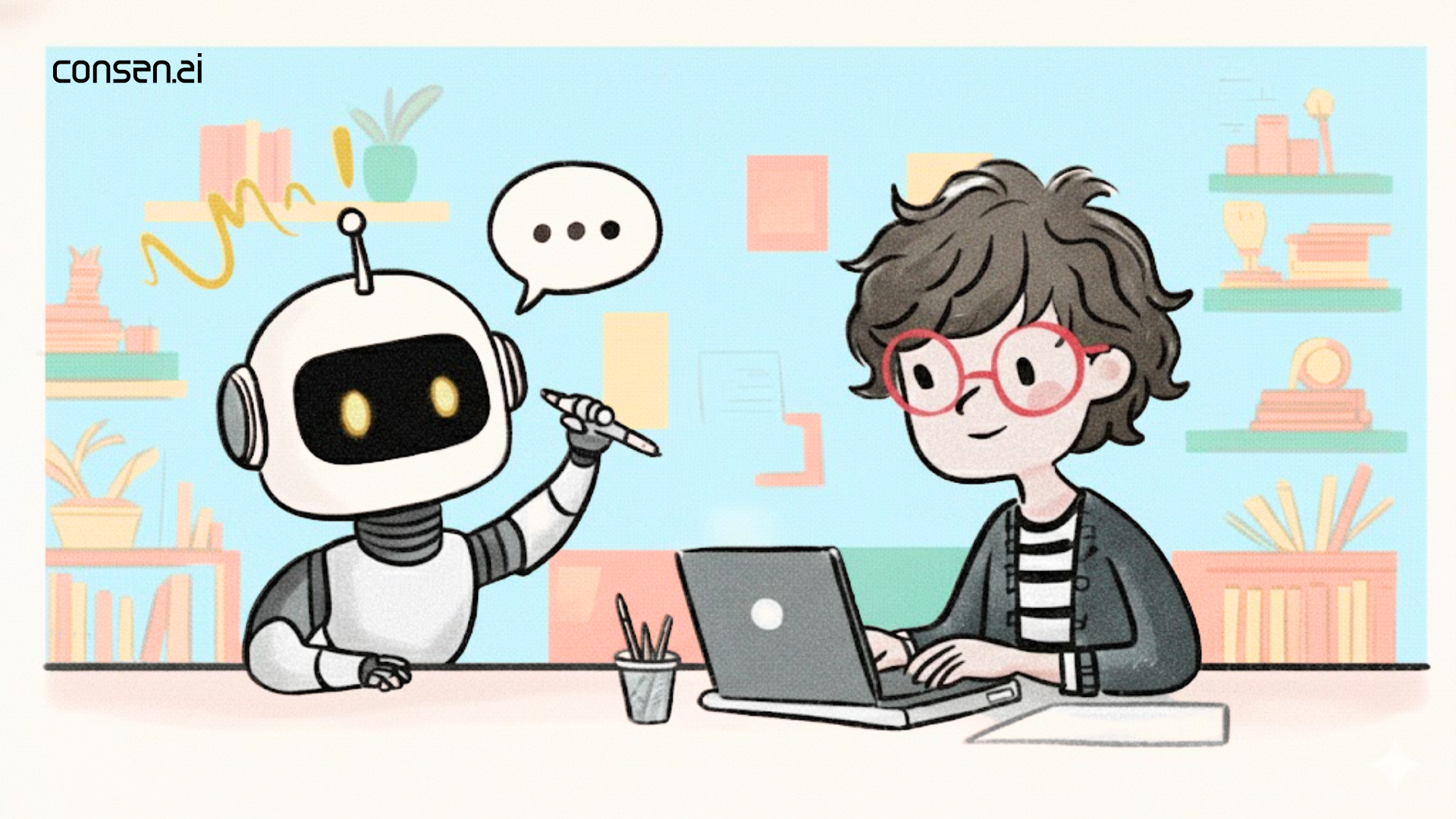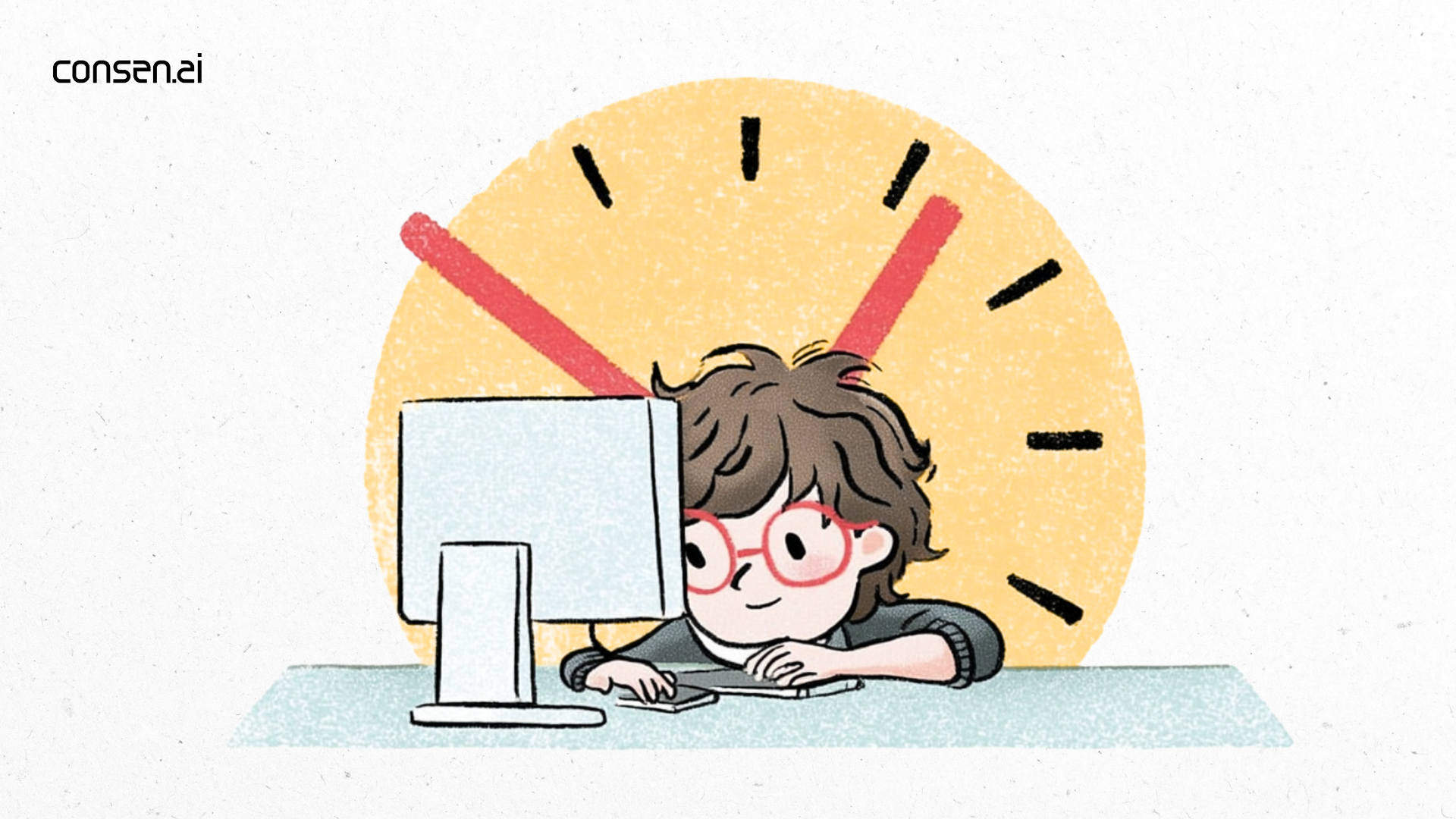Key Takeaways
- AI is revolutionizing the translation industry with tools like machine translation and neural networks.
- Significant advantages include increased speed, accuracy, and cost-effectiveness.
- Human translators and AI can work together for optimal results, leveraging each other's strengths.
- AI helps overcome traditional challenges such as consistency and quality control.
- The future of translation includes enhanced collaboration between AI and human skills.
The Rise of AI in Translation
AI is not just a buzzword anymore—it's an integral part of our daily lives, subtly transforming various sectors, including the world of translation. Imagine a world where language barriers are almost non-existent, thanks to the seamless integration of AI technology. From ordering food abroad to engaging in business meetings with international clients, AI is shaping how we communicate across languages.
The role of AI in translation has grown exponentially, with tools that utilize neural networks and machine learning to provide real-time translations that were once the stuff of science fiction. These technologies learn and adapt, making translations more accurate and nuanced over time. Explore AI translation tool :Omniglot to understand their capabilities better.
AI isn't just about speed and efficiency; it's also about breaking down complex linguistic challenges. By integrating AI into translation services, we're not only enhancing the speed and accuracy of translations but also making them more accessible and affordable. This democratization of language services is a game-changer, enabling even small businesses to reach global markets without hefty translation costs.
But it's not just about the tools; it's about the humans behind them. While AI brings unprecedented capabilities to the table, the collaboration between AI and human translators is where the magic truly happens. By combining the creativity and cultural understanding of human translators with the precision of AI, we're paving the way for a future where communication knows no bounds.
Exploring AI Tools in Translation
AI technology has revolutionized the world of translation, offering tools that are quicker and more efficient than traditional methods. At the forefront of this revolution is machine translation systems. These systems leverage vast databases of language pairs and sophisticated algorithms to provide accurate translations at a lightning-fast speed. Whether it's translating a simple document or an entire website, these systems can handle it all with ease.
But it's not just about speed. Neural networks have taken machine translation to the next level by mimicking the human brain's ability to learn and understand context. This means translations are not only fast but also contextually accurate, capturing nuances and subtleties that were previously missed by older technologies. An example of this can be seen in how neural networks handle idioms or cultural references—something traditional systems often struggled with.
For those constantly on the move, real-time translation apps are a blessing. Imagine traveling to a foreign country and being able to have a seamless conversation with a local, all thanks to an app that translates your speech in real-time. These apps use a combination of voice recognition and machine learning to offer translations as you speak, making communication easier than ever before.
The magic behind these tools is not just their ability to translate but their user-friendly interfaces and adaptability. With continued advancements, AI tools have become more intuitive, learning from each interaction and improving over time. This adaptability makes them invaluable, especially in dynamic and fast-paced environments where language barriers can slow down progress.
As we delve deeper into the capabilities of AI in translation, it's clear that these tools are not just reshaping the industry; they're making it more accessible to everyone. Curious to see how AI can further enhance translation processes? Dive into our article on the future of AI in translation for more insights.
Why AI is a Game-Changer in Translation
Imagine trying to translate a 300-page novel by yourself. Daunting, right? Now, imagine you have a super-efficient assistant who can zip through it in hours, not weeks. That's precisely what AI offers in the realm of translation. With the power of AI, the translation industry is witnessing revolutionary changes, thanks to its speed, accuracy, and cost-effectiveness.
One of the most significant advantages of AI in translation is speed. Traditional methods often require days or even weeks to complete large projects. AI, however, can handle massive amounts of data in a fraction of that time. Whether you're translating a website or a technical manual, AI tools can process billions of words per second without breaking a sweat.
Accuracy, the holy grail of translation, is another area where AI shines. With advancements in neural networks, AI can understand context better than ever before. It can distinguish between homonyms and idiomatic expressions, ensuring that the translated content retains its original meaning and tone.
When it comes to cost-effectiveness, AI provides an unbeatable advantage. By automating repetitive tasks, it allows human translators to focus on more nuanced and creative aspects of translation. This not only reduces costs but also improves the overall quality of work. Businesses can now reach global markets without the heavy financial burden traditionally associated with translation services.
Consider the case of real-time translation tools used in international conferences. AI can instantly translate spoken language, enabling seamless communication among participants from different linguistic backgrounds. This capability is not just convenient; it's transformative.
AI and Human Translators: A Collaborative Future
Imagine a world where translators are freed from the drudgery of repetitive tasks. With AI stepping in to handle these chores, human translators can focus on what they do best: capturing cultural nuances and adding creative flair to their work. This symbiotic relationship is shaping the future of translation, making it more efficient and nuanced than ever before.
Consider the case of Google Translate, which uses neural networks to provide quick translations for over 100 languages. While it excels at basic translations, it sometimes stumbles over idiomatic expressions or cultural context. This is where human translators come in, refining and enhancing the initial output to produce more accurate results.
One notable collaboration example is with Deepl, a translation service that offers incredibly accurate translations by learning from human feedback. Translators using Deepl can rely on its AI-driven suggestions to speed up their workflow while ensuring quality through their expert touch.
However, AI isn't without its limitations. It struggles with emotional tone and context, often crucial in translating literature or marketing content. Human translators bring irreplaceable skills to the table, such as understanding cultural subtleties and adapting language to different audiences.
In essence, AI and human translators can create a powerful team where each complements the other's strengths. By embracing this partnership, the translation industry can achieve new heights of accuracy and cultural relevance.
Overcoming Traditional Translation Challenges with AI
Translators have long grappled with the challenges of maintaining consistency, managing an ever-growing workload, and ensuring quality control across multiple projects. These tasks require not only linguistic prowess but also significant time and effort. Fortunately, AI offers solutions that can alleviate these burdens, enabling translators to focus on the creative aspects of their work.
One of the primary hurdles in translation is ensuring consistency, especially in large documents or across multiple projects. AI tools, such as translation memory systems, help by storing previously translated segments and suggesting them when similar content appears. This not only saves time but also maintains uniformity in terminology and style.
Managing workload is another area where AI shines. With the ability to process vast amounts of text quickly, AI can handle the initial translation of content, allowing human translators to refine and perfect the final output. This collaboration can significantly reduce turnaround times, making it easier to meet tight deadlines without compromising quality.
Quality control often involves meticulous review and editing, which can be prone to human error. AI-powered tools can automate some of these processes by flagging potential issues such as grammatical errors or inconsistencies, providing an additional layer of scrutiny that enhances the overall quality of translations.
Ultimately, AI supports translators by taking over repetitive tasks, reducing the risk of errors, and enhancing efficiency. This symbiotic relationship allows human translators to focus on the nuanced and creative aspects of language that AI is not yet capable of mastering.
Conclusion and Future Implications of AI in Translation
As we wrap up our exploration of AI's transformative impact on translation, it's clear that AI is not merely a tool but a catalyst for change in the industry. From enhancing speed and accuracy to offering cost-effective solutions, AI has already proven to be a game-changer for translators worldwide. By addressing traditional challenges such as consistency and workload management, AI enables translators to focus on what they do best: crafting nuanced and culturally relevant translations.
Looking ahead, the future of AI in translation is brimming with potential. As AI technology continues to evolve, we can expect even more sophisticated tools that offer real-time, context-aware translations. This progress will not only enhance productivity but also open up new possibilities for global communication and collaboration.
For translators, the integration of AI into their workflows presents an exciting opportunity to elevate their craft. By embracing AI as a partner, translators can achieve a balance between technology and human expertise, ensuring high-quality outcomes. The key is to view AI not as a replacement but as an augmentation of their skills.
If you're intrigued by how AI can further transform the translation industry, you might find our post on AI solutions for translation challenges insightful. It delves deeper into how AI is revolutionizing the way translators overcome daily hurdles.



